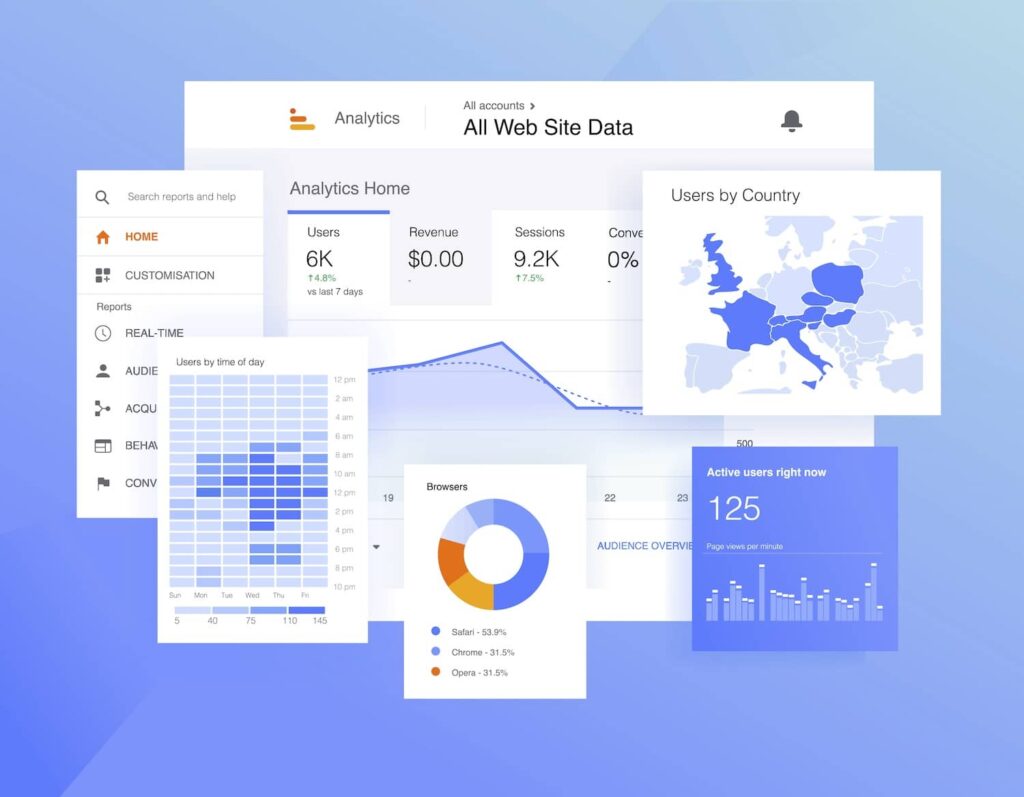Thorough Take A Look At Secondary Dimensions in Google Analytics: Interpretation and Finest Practices
Unveiling the Influence of Second Measurement in Google Analytics on Data Evaluation and Insights
In the realm of data analytics, the usage of additional measurements within Google Analytics has actually arised as a critical device for drawing out much deeper understandings and unraveling complex patterns that could otherwise continue to be obscured. By peeling off back the layers of primary data sets, second measurements provide a nuanced point of view that improves the understanding of customer habits, web site efficiency, and the efficiency of advertising and marketing strategies.
Exploring the Concept of Additional Measurements
Additional measurements in Google Analytics provide added insights by allowing individuals to analyze primary information in combination with a secondary quality. This feature enables a much more complete understanding of the main data by including an additional layer of information for analysis. By incorporating second measurements, individuals can delve deeper right into the data and uncover valuable relationships that may otherwise go undetected. As an example, by combining the primary information of web site traffic with second dimensions like demographics or behavior, marketing professionals can acquire a more thorough sight of their target market and tailor their approaches as necessary.
Recognizing the principle of additional measurements is important for taking full advantage of the capacity of Google Analytics. It allows customers to section information successfully, recognize patterns, and make informed choices based upon a more total photo of their analytics information. By checking out the various second dimensions readily available in Google Analytics, users can unlock brand-new understandings and maximize their digital advertising and marketing efforts. Essentially, additional measurements function as an effective tool for improving information analysis and driving workable results.
Enhancing Data Analysis With Secondary Measurements
Having established the foundational understanding of additional measurements in Google Analytics and their crucial role in data analysis, the focus currently moves towards leveraging these additional features to improve the interpretation of analytics data (what is a secondary dimension in google analytics). By including second dimensions into data evaluation, analysts can acquire much deeper understandings into customer habits, website efficiency, and advertising effectiveness

Additionally, additional dimensions aid in contextualizing main information metrics by giving additional layers of info. This contextualization aids in understanding the 'why' behind the data patterns, helping experts make notified decisions and optimizations to improve overall performance. Ultimately, including secondary measurements enhances the information interpretation process, bring about even more meaningful insights and calculated actions.
Uncovering Hidden Insights Through Second Dimensions
Discovering the midsts of analytics data with second dimensions discloses valuable understandings that would certainly or else stay covered. By including additional measurements in Google Analytics, companies can uncover surprise patterns, fads, and correlations hop over to these guys that supply a more comprehensive understanding of user habits and website efficiency. These additional layers of data permit analysts to delve much deeper into the key measurements, such as traffic resources or landing web pages, and acquire an extra nuanced viewpoint on how different variables communicate with each various other.
Via using second measurements, experts can sector and compare data throughout numerous dimensions, allowing them to identify specific elements that influence user interaction, conversion rates, and total success metrics. By pairing the primary dimension of 'gadget classification' with the additional measurement of 'age group,' marketing experts can pinpoint which age demographics prefer accessing the web site with mobile gadgets versus desktop computers. This level of granularity equips companies to make data-driven decisions and enhance their strategies for far better outcomes. Ultimately, uncovering covert insights through second measurements boosts the deepness and accuracy of information evaluation, bring about more educated decision-making and improved performance outcomes.
Leveraging Secondary Dimensions for Actionable Analytics
Building upon the insights unveiled via second dimensions in Google Analytics, organizations can currently harness this enriched data landscape to drive workable analytics and strategic decision-making. By leveraging additional dimensions, companies can dig much deeper right into their data to remove important patterns, fads, and connections that might have previously gone undetected. This deeper level of evaluation allows organizations to get a much more extensive understanding of customer actions, project performance, and overall website effectiveness.
One key benefit of utilizing second measurements for site web actionable analytics is the capacity to sector data based on certain criteria. This division allows services to customize their campaigns and methods to various audience groups, causing more targeted and effective advertising and marketing initiatives - what is a secondary dimension in google analytics. Additionally, additional measurements provide a more holistic sight of customer communications, enabling businesses to enhance their web site web content, style, and overall customer experience
Making Best Use Of Decision-Making With Second Measurements
To improve calculated decision-making in analytics, leveraging second dimensions in Google Analytics can offer a much more nuanced viewpoint on customer actions and project efficiency. By integrating additional dimensions right into information evaluation, companies can dig much deeper right into the specifics of their website visitors' communications and engagement patterns. This added layer of information enables an extra extensive understanding of exactly how different variables, such as demographics, tools, or traffic resources, effect essential performance signs.

Verdict
In verdict, the usage of second measurements in Google Analytics plays a crucial function in boosting information evaluation and revealing surprise insights. By exploring this principle, one can get a much deeper understanding of individual actions and make notified choices based upon workable analytics. Leveraging additional dimensions enables a much more extensive click here for more interpretation of information and makes best use of the efficiency of decision-making procedures.